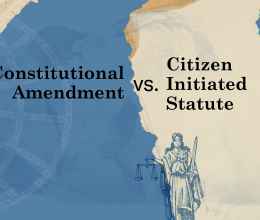Putting people in isolation is devastating and makes recovery next to impossible. If you didn’t have a mental illness going into isolation, it’s likely you will have one coming out.
Research shows that prolonged solitary causes a persistent and heightened state of anxiety, nervousness, headaches, insomnia, nightmares, and confused thought processes.
“Sometimes I feel overwhelmed. I get trepidations, nervous, agitated, I go off the deep end…Here I feel like I’m in a kennel, closed off from life itself. I feel like I live in a coffin, like a tomb” - An Individual From Northern California
The U.S. Supreme Court has held solitary confinement in direct violation of the Eighth Amendment prohibition on cruel and unusual punishment. The United Nations has said prolonged solitary more than 15 days should be prohibited.
“The effects of the Supermax reach beyond the confines of its walls and fences…”
Even if they have no prior history of mental illness, prisoners subjected to prolonged isolation may experience depression, despair, anxiety, rage, claustrophobia, hallucinations, problems with impulse control, and/or an impaired ability to think, concentrate, or remember.
“When I was finally released from the Supermax into general population after almost two years, it was overwhelming. The mere sensations of human contact was harsh on my nerves. I would break into cold sweats and shake. I was overly stimulated and anxious all the time. It was very difficult to concentrate on one thing. Even to this day, I have a very difficult time focusing on one thing for very long, and I am very easily distracted. The effects of the Supermax reach beyond the confines of its walls and fences.”
An Individual From Maine
Despite the overwhelming evidence that solitary confinement is bad and not rehabilitative, Ohio routinely places prisoners in long-term solitary, including people with mental illness.
Learn more about Ohio’s continued use of long-term solitary confinement.








